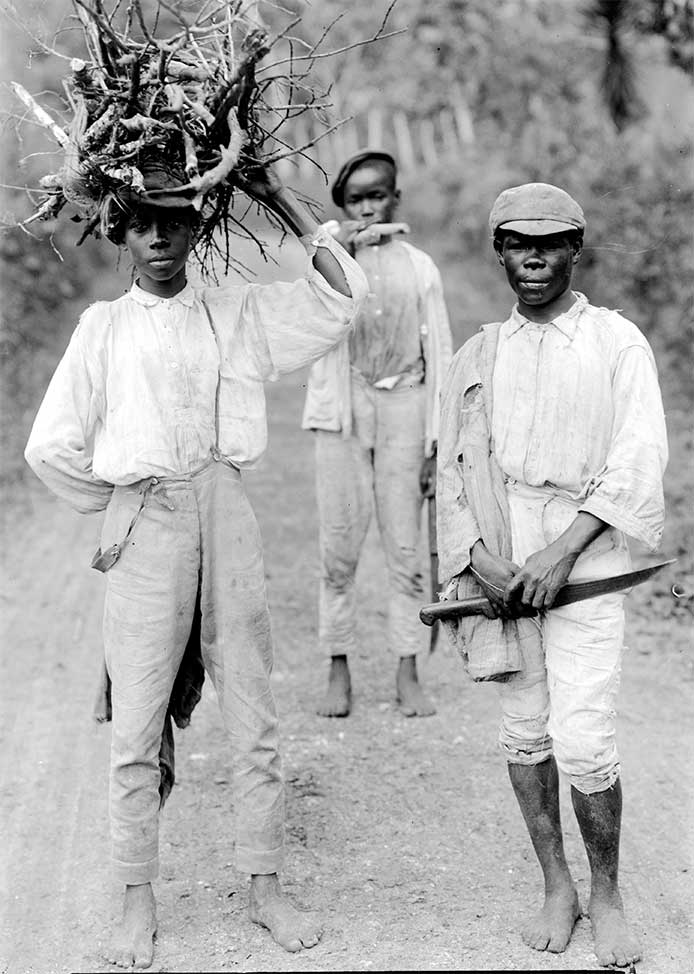Where Did Jamaica’s Maroons Go?
Following the Second Maroon War in 1795-96 in Jamaica, almost the entire Maroon population of Trelawny was deported first to Nova Scotia, Canada in 1796.
According to Destination Liberty: “These courageous people evaded capture by the British and were relocated to Nova Scotia” to ensure their “aggression” was quelled.
Although the Maroons stayed for four years in Nova Scotia, they left an enduring legacy.
They worked on the defences of the third Citadel and the fortification was named ‘Maroon Bastion’ in their honour.
They helped erect the Government House, became part of a militia unit, cleared woods for roads, and were employed as general labourers.
The women and children mainly gathered fruits and berries, and grew vegetables for sale at the Halifax market.
The harsh winters and unpalatable food made Nova Scotia unbearable for the Maroons and they asked to be sent to a warmer climate.
In 1800, more than 500 Maroons landed in Sierra Leone. They soon became instrumental in setting up the new colony and formed an elite class. A Church stands in Freetown in their honour.
Despite their success, they never gave up their desire to return to Jamaica.
Finally, when they landed “back home” in 1841, they discovered that the British had built a military barracks over their former community.
The Maroons waited for the barracks to be abandoned, reclaimed their land and renamed it Flagstaff (located in St James).
Today, eleven Maroon settlements now remain on lands apportioned to them in their original treaty with the British.
These Maroons still maintain their traditional celebrations and practices, some of which have West African origin, for example, the council of a Maroon settlement is called an Asofo Akan:Twi word asafo (= assembly, church, society).
Native Jamaicans and island tourists are allowed to be present at many of these events, while others are held in secret and shrouded in mystery.
Singing, dancing, drum-playing and preparation of traditional foods form a central part of most gatherings. In their largest town, Accompong, in the parish of St. Elizabeth, the Leeward Maroons still possess a vibrant community of about 600.

Curated from wikipedia
By Neo Makeba
Download The Jamaican Blogs™ App for your Android device: HERE
Remember to share this article on Facebook and other Social Media Platforms. To submit your own articles or to advertise with us please send us an EMAIL at: [email protected]

